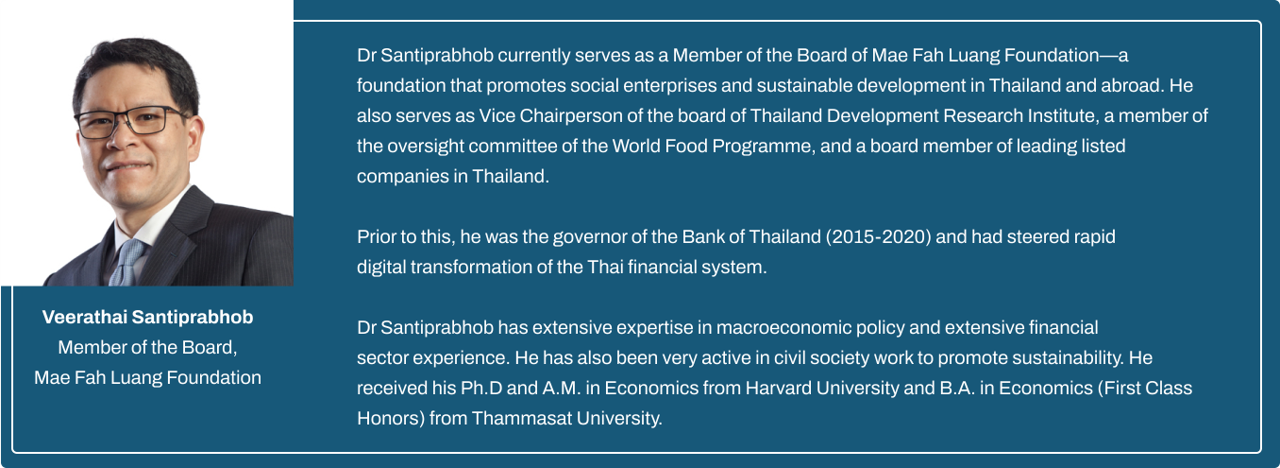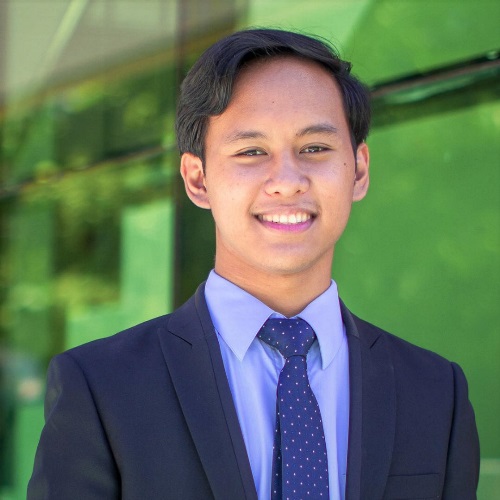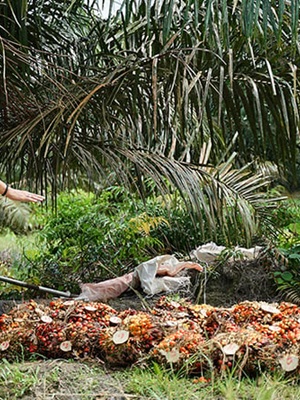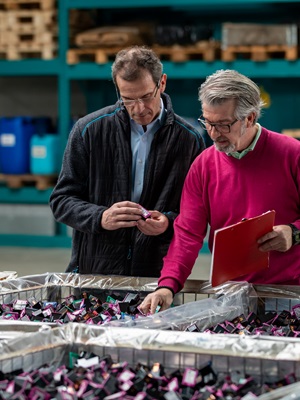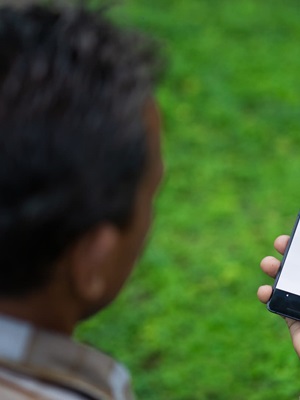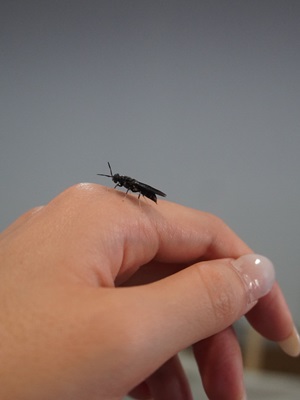Cradled around the Philippines’ fourth largest lake, the surrounding barangays in Lake Mainit are the home to the country’s earliest inhabitants—the Mamanwa Indigenous Peoples—whose centuries-old Indigenous Knowledge (IK) has been healing their communities’ pregnant mothers and children.
The enduring Mamanwas have nearly forty-five plants and fifteen animal medicines for traditional maternal and child health care, based on a study presented to a 2018 international research congress by Dr. Nimfa L. Bracamonte (pictured below), one of Mindanao’s foremost sociologists.
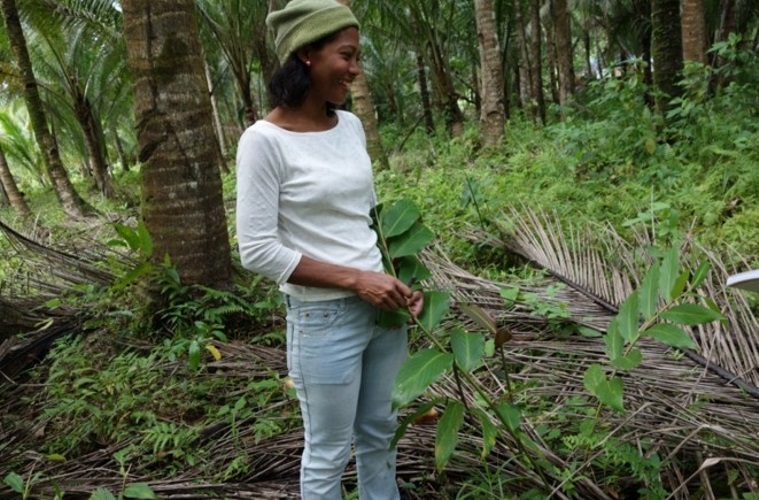
From the identified collection, three were already scientifically validated and endorsed for a particular use by the Department of Health through the Philippine Institute of Traditional Alternative Health Care (PITAHC) office.
“Their [the Mamanwa’s] life is intertwined with the environment. When they look at the forest, it’s not the trees… it is their pharmacy,” described the 42-year retired professor from Mindanao State University-Iligan Institute of Technology (MSU-IIT) who studied the Mamanwas in Brgy. Cantugas, Mainit, Surigao del Norte. Dr. Bracamonte found it to be an interesting case of transcultural use of both the indigenous and the professional methods of health care which many Filipinos tend to practice in the provinces.
The Banwas
The Mamanwas have been found to exhibit distinct genetics from the Negritos through a series of studies by Japanese geneticist and Asian anthropologist Dr. Keiichi Omoto, raising the hypothesis of its being the first inhabitants of the Philippines since the past fifty thousand years. Named after “Banwa” or forest-dwellers, the Mamanwas resided in the Surigao and Agusan forests before scattering from Northeastern Mindanao to Eastern Visayas.
Almost 200 hundred thousand or about 45 percent of the residents in Surigao del Norte considered their ethnicity to be Mamanwa in a 2010 Philippine Statistics Authority census. The surrounding areas of its original settlements also sheltered endemic flora and fauna like the world’s largest individual flower species Rafflesia. “The Philippines, being one of the world’s repositories of diverse biological resources in terms of plant and animal species, has an immense potential in the production of medicines and food,” noted Dr. Bracacamonte in the study. Specifically, the present Mamanwa village of Brgy. Cantugas in Surigao del Norte are where their ancestors originally hunted and gathered food, based on a separate article by renowned Filipino historian Dr. Leslie E. Bauzon.
However, like the rest of the Philippines, Surigao del Norte lost 1.02 kilo hectares or more than a thousand hectares of humid primary forest from 2002 to 2022, making up 13% of its total tree cover loss in the same time period according to the Global Forest Watch. The municipality of Mainit, where Brgy. Cantugas sits along the base of a mountain range, specifically ranked fifth in the province for losing 447 hectares of its tree cover since 2000—equivalent to almost eight Luneta parks of denuded trees.
Banking on the cultural and biological significance of the area and its locals, Dr. Bracamonte wrote: “As bearers of their own culture, IPs conservation and preservation of medicinal flora and fauna resources are crucial to the sustainability of these resources.”
Traditional Medicine
The untapped potential of the so-called “sleeping treasures” has long been under development in the country through the passage of Republic Act No. 8423 or the Traditional and Alternative Medicine Act (TAMA) of 1997 which created PITAHC. In 2002, PITAHC scientifically validated only 10 types of medicinal plants for their safety and efficacy. Dr. Bracamonte remarked that studies on IP's knowledge of herbal plants, animals, and their practices tend to be limited due to logistical constraints owing to their far-flung distance and the ethical considerations of seeking consent from both the tribe’s leadership and the national government agencies.
Documenting the IP’s medicinal plants and animals in Brgy. Cantugas was thus central to Dr. Bracamonte’s research who partly lived with and extended outreach programs to them in the past.
40 participants consented to the study composed of Mamanwa tribal leaders, elders, and traditional healers such as the manghihilot, baylan, or partera who all underwent key informant interviews and focused group discussions.
As a result, 26 species out of 39 identified plants often in concoctions or mixtures called baagon or talimughat were perceived to aid pregnant mothers especially those in their post-natal relapse within the first three months after giving birth.
10 out of 14 identified animals were also perceived to affect the pregnancy from reducing women’s flatulence or farting to easing their child delivery by dabbing a mixture of lana (oil) and the cut parts of kasili (eel) on the lower parts of the body.
Dr. Bracamonte especially recalled the account of a family of healers headed by a 93-year-old widow with her daughter who mentioned the curing effect of the lunas tree’s stem and bark on swelling, rashes, insects, and venomous animal bites.
For children ages zero to four, 36 plants and eight wildlife and domestic animals could be applied to common sicknesses like fever, cough, sprain, and colds. Nonetheless, side effects were still reported in both the herbs and animals while some were no longer used for their negative signs on the body.
Referring back to DOH-PITAHC’s list in 2002, only three in the study were scientifically validated so far namely the Bayabas (Psidium guajava) to cleanse as an antiseptic, the Sagbong or Sambong (Blumea balsamifera) to excrete urinary stones, and the Ampalaya (Momordica charantia L.) to lower blood sugar against diabetes. Aside from the scientifically validated medicinal plants, 15 herbs documented in the study were also in PITAHC’s list of 69 other medicinal plants that are still under clinical trial.
Dr. Bracamonte emphasized that her study does not prove traditional medicine’s efficacy as it only documents the Mamanwas’ maternal and child healthcare system and is yet to be published.
Transcultural Healthcare
Dr. Bracamonte acknowledged the concept of ‘transcultural healthcare systems,’ where both indigenous and modern methods of healthcare are used.
The Mamanwas applied current hygiene practices, prenatal care, vaccinations, and vitamins from local schools and community centers aside from their own traditional medicine and practices. “It’s not forgetting the past but rekindling the usefulness of efficacy of the past practices that can be carried on to the modern times,” said Dr. Bracamonte amid ecological concerns on denuded forests-turned-plantations in the region. “They are not separate; there is a weave that connects us.”
The author recommended intensified research in botany or pharmacopeia to validate traditional medicine’s scientific basis on the dosage, form of administration, and efficacy. “We should be advocates of rekindling traditional medicines that are useful,” she remarked as she planted her own tiny forest of herbs in her own backyard.
Posted 31/10/2023
